In this guest editorial, ChipNoir speculates that the Final Fantasy VII Remake may establish a previously unexplored connection between three unlikely childhood friends.
Final Fantasy VII kind of stands alone in its place in the Final Fantasy franchise: While the games before it had sprawling, epic-level plots of romance, betrayal, friendship and bitter evil, none of them was quite so particular about its chronology. What I mean to say here is that with the exception of the very first Final Fantasy game, timelines didn’t really matter to the plot on the whole. We engaged characters more or less in the game’s present day, established a bit of lore, then largely moved forward to unveil whatever crisis was facing the characters and the world at large. The history of Final Fantasy Games are mythological more than they are chronological, give or take some sudden left turns in terms of what technology originated in what era.
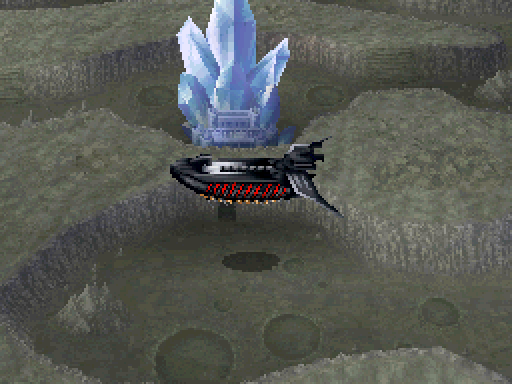
Final Fantasy IV had space technology but was set in medieval times.
Great events happened on XX date, after which we jumped immediately into how those events affected the immediate present. It’s a very old trope, and convenient for epic fantasies; a lot of hand waving and basically “A wizard did it” in terms of how events have coincided just perfectly for the gamer’s quest for knowledge, power, and the victory of good over evil (give or take a few deaths along the way, maybe). Any startling revelations are either older than dirt, or relatively recent and only disclosed at the last possible moment for dramatic effect. Then Final Fantasy VII came along and changed the game.
At the beginning of Final Fantasy VII, it seems like we’re in for the same formula: We’re dropped in the middle of events and we’re given the bare minimum exposition to make us want to see Cloud’s cute, spiky little head not get squished by robots, guards, strangely obscure magic-casting squid-thingies and uh… er…
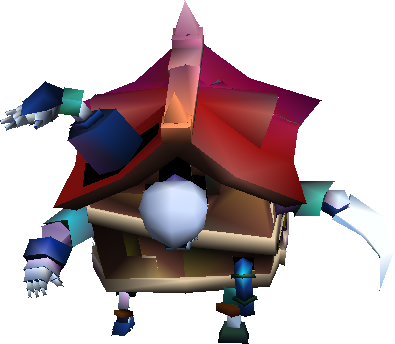
Okay, that’s just wrong.
The team succeeds in their first mission and we settle down for a regroup. At this point in other Final Fantasy games, Cecil is being emo, Bartz is chasing Lena’s ass like Pepé Le Pew and Terra is wondering why her hair is the oddest shade of green in a world full of blonde people. Where is Final Fantasy VII? Taking its sweet time with a flashback to Cloud and Tifa’s childhood from seven years in the past. This is the first sign that Square is not interested in playing by the genre rules: Any other game would shove the details in the trunk and keep moving at the player’s discretion, but this game wants to sit down and tell you its life story.
It doesn’t end there, either. Almost every character gets a flashback at some point, and the themes of memories, emotions, and perceptions of the past are huge thematic elements that drape themselves like a mantle of mystery across what would otherwise be a rote “chase the bad guy across every town” plot line. The reality is Final Fantasy VII isn’t interested in the destination; it’s the journey that matters. Not just the present day one, but how the characters became who they were, too. The history of the game spans some 2,000 years and includes an industrial revolution, transcontinental war, a state of martial law and far too many near-miss catastrophes than any planet has the right to survive based on the laws of probability.
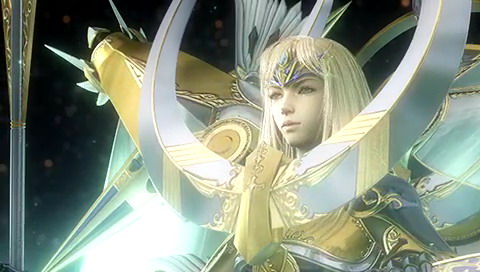
And by the way, where were you when all this shit was happening!?
With this in mind, and noting that Nomura and Kitase have addressed that the continuity of the compilation will be acknowledged in the Remake’s canon, we still have a lot of unanswered questions for a franchise that really likes to talk about its history practically every chance it gets. To bring this down from its macroscopic scale, let’s focus on three particularly notable births.
According to the timeline, Aerith was born in EYA 1985 and spent the first seven years of her life in captivity at Shinra HQ. However, while we know that experiments possibly contributed to death of her mother, Ifalna, there are 100 other possible reasons, such as injury during her escape, mortal wounding from any of the feral Mako monsters or trigger-happy surveillance droids, or just exposure to the elements. God knows how much civilization exists under all the plates; It’d be an easy place to get lost, trapped, and cut off from food, water, shelter, and medical aid.
Now, according to The Maiden Who Travels the Planet (which you can listen to below) Aerith continues her journey in the Lifestream, interacting with various other people who have “Returned to the Planet”, or in other words, died and passed on.
As this story tells it, President Shinra was prepared to offer Aerith a luxurious lifestyle in return for her cooperation, and doesn’t actively pursue her until shortly before Platefall. This seems to be only one of many events that kick off in a very speedy 48 hour timeline, which throws up more questions than answers if you really look at it with some scrutiny. Even if Benny Matsuyama’s awesome fan fiction isn’t considered canon, we can only assume that Shinra was semi-benevolent towards Aerith and her mother, given that no real attempt to reclaim her was made for about fifteen years.
Based on this, it’s highly possible that Kazushige Nojima, the scenario writer for the Remake, might come to the conclusion that while captive, Aerith and Ifalna (Aerith’s dearly departed birth mother) may not have been kept in cages or cells, but in fact simply under house arrest, housed in one of the dozens of floors between 3 and 59 in the Shinra Building, most of which we never get to explore in any game. In this same timeline, two other rather important characters were also born and raised in the Shinra HQ: Sephiroth, in 1980, making him only 5 years older than Aerith; and Rufus, born in 1982, only three years older. I imagine that, being the sole heir to his legacy, President Shinra would have kept his little tyrant close at hand, at least until he was old enough to start scheming hostile takeovers.
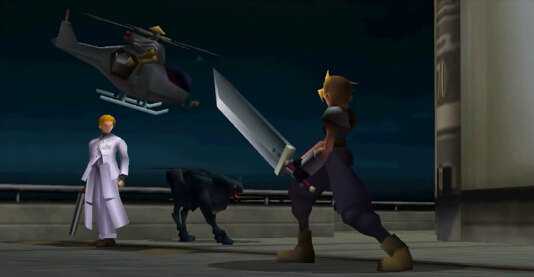
A dog-panther-tentacle monster is always a boy’s best friend, even when he’s a budding little sociopath dictator.
That means that if Nojima takes it into his head to pursue this potential subject, these three might have known each other, been friends, or even more surprisingly, siblings. Now, Nojima has a bit of a sordid, if unsung history with the Final Fantasy series. While, on the one hand, he’s had a hand in nearly every successful Final Fantasy game in the main series, he has occasionally utterly failed in his writing, especially concerning the dubious connection between VII and X.
Exploding Blitzballs and necromantic love scenes notwithstanding, however, Nojima has been a key figure in developing much of the dramatic backbone of beloved Final Fantasy games. He has a great opportunity to add even more pathos to an already tragic story. Childhood friends, torn apart by company greed, and doomed to become mortal enemies – it would create an even deeper dynamic between the characters, wouldn’t it? I don’t have a lot of hope, as Nojima can be self-indulgent and more than a little crass, but it’s worth thinking about. It’s kind of mind boggling how much potential the timeline has. It does make one consider the possibility of a game that now has no time constraints to tell its entire history across two or more volumes. Maybe it’ll all pay off with a deeper understanding of characters we love and cherish. Only the future (or the past) may tell.

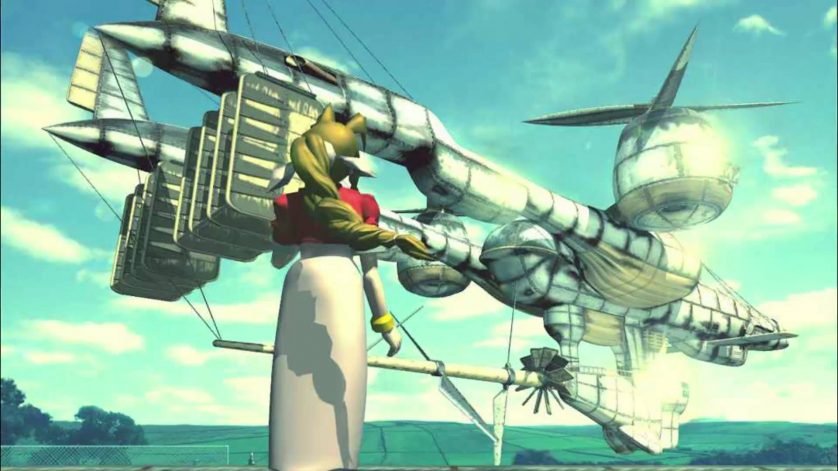
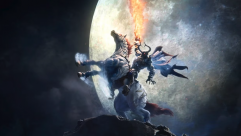

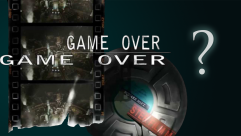

No comments yet
Log in or Register
No comments yet
Be the one to start the conversation!